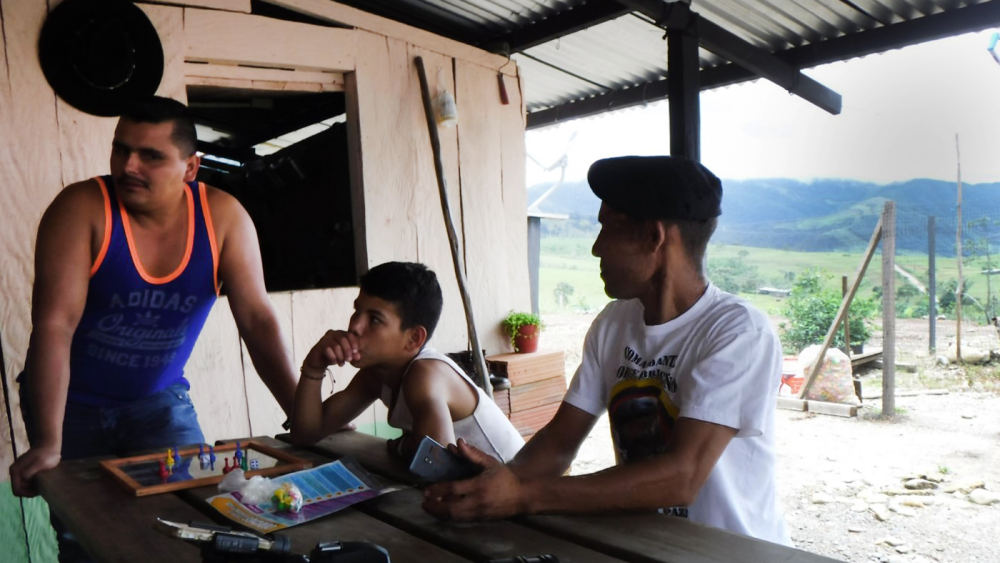Stumbling toward peace in Colombia
Churches continue to work at the grassroots to see the peace deal implemented.

Christian churches in the Global South are often deeply involved in their nation’s politics to a degree that can puzzle North Americans. Such activism owes something to their distinctive theologies, but it chiefly reflects the extreme weakness of the state and official structures in those nations. You can hardly separate church from state when the state has become a cipher. In those cases, political leaders neglect religious concerns at their peril.
Recent events in Colombia illustrate this kind of deep political commitment. With a population of 50 million, Colombia is a major presence on the map of world Christianity. Its Roman Catholic population—some 35 to 40 million strong—is on a par with that of France and larger than Poland’s, and only in 1991 did a new constitution end the church’s established position as the official state religion. A flourishing Catholic devotional life focuses on several vastly popular shrines and pilgrimage places. There are in addition perhaps 8 million Protestants, chiefly Pentecostals and evangelicals.
Those churches have long had to deal with daily threats of violence and terrorism. Leftist guerrilla movements emerged in the 1960s, some inspired by liberation theology, and one group in particular, FARC—the Revolutionary Armed Forces of Colombia—became a potent rival to the state. Particularly traumatic was FARC’s use of kidnapping to raise funds, a tactic that created a grave sense of danger among families owning even modest property. FARC activities inspired a homicidal response from far right militias and death squads, which adopted the slogan “Death to Kidnappers.” Alongside those forces were the legendary depredations of drug lords and cocaine cartels.





